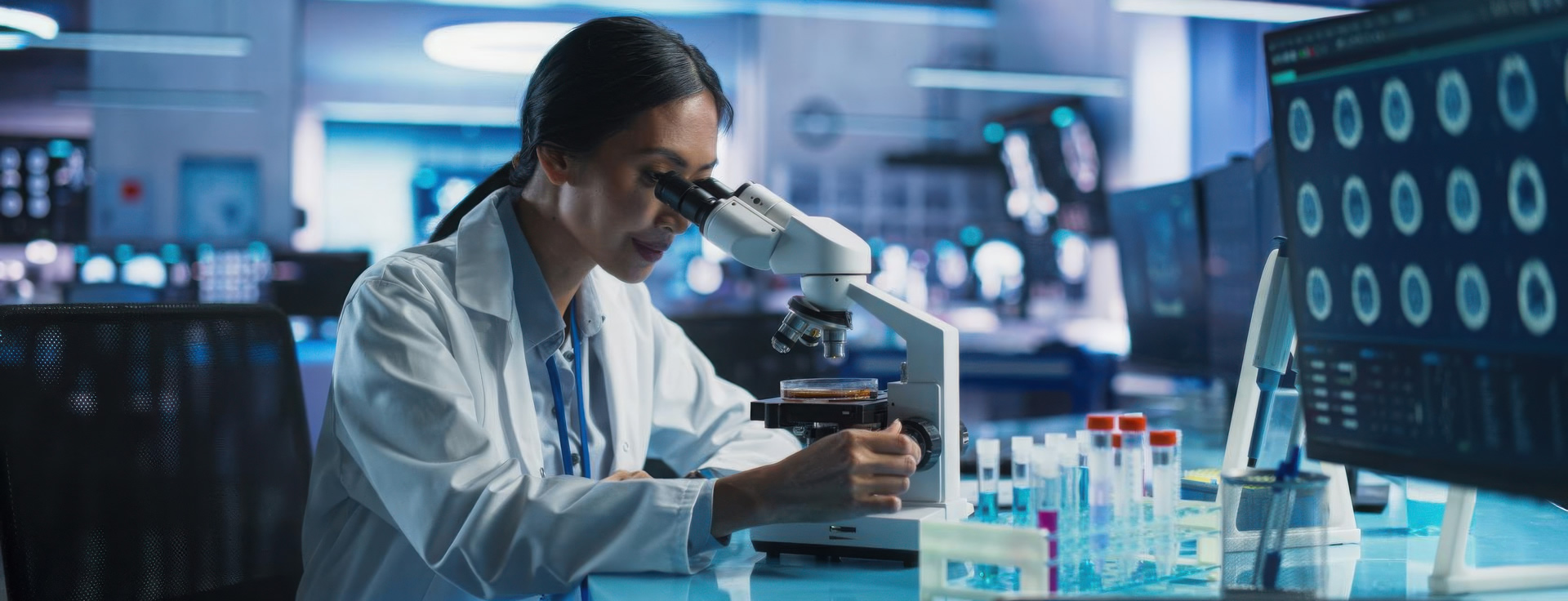
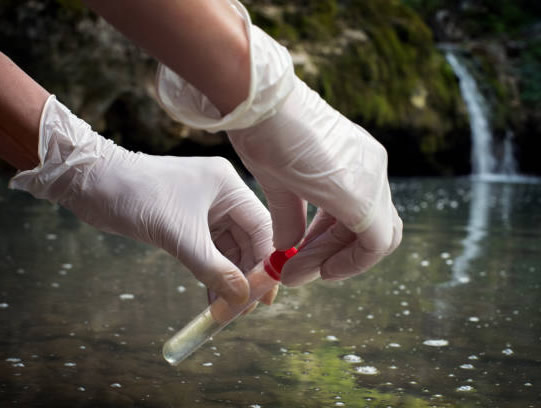
Sewage Testing
Usually, you need bacteria testing after sewage backup or cross-contamination by people/animals/objects moving through unclean spaces to clean areas. Safeguard your property against sewage-related problems with our sewage inspection and testing solutions. Our tests pinpoint issues to prevent further contamination and ensure a healthy living and/or working environment.
After the initial testing, we provide a report with findings and recommendations. If sewage bacteria are found, mitigation work has to be done, followed by clearance testing.
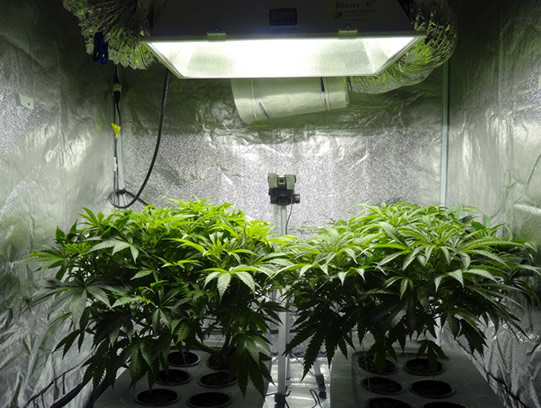
Cannabis Grow House Inspection
Illegal cannabis grow houses often involve tenants repurposing rental properties for large-scale cultivation, leading to extensive property damage by the time they are discovered. Building and safety departments commonly require environmental testing by certified hygienists before remediation and reconstruction can proceed.
Indoor Clean Air Testing offers expert cannabis grow house inspection and testing services, providing detailed reports that meet both municipal and insurance standards.
Asbestos Testing
Asbestos testing involves evaluating materials or environments for the presence and concentration of asbestos fibers. Asbestos, a naturally occurring mineral once widely used in building materials for its heat resistance and durability, is now recognized as a significant health hazard. When disturbed, asbestos fibers can become airborne and, if inhaled, pose serious risks, including lung disease and cancer.
The testing process includes collecting samples from materials suspected to contain asbestos, such as insulation, floor tiles, or popcorn ceilings. These samples are analyzed in specialized laboratories using advanced techniques like polarized light microscopy (PLM) or transmission electron microscopy (TEM) to detect and quantify asbestos fibers with precision.
Proper safety protocols are strictly followed during sample collection to minimize the release of fibers and protect both the professionals conducting the testing and the environment. Certified asbestos inspectors ensure accurate results while mitigating any risks associated with handling these materials.
The purpose of asbestos testing is to confirm the presence of asbestos, evaluate its associated risks, and provide clear guidance for its management, removal, or maintenance. This process equips property owners, contractors, and regulatory agencies with the information necessary to safeguard the health and safety of building occupants and workers.
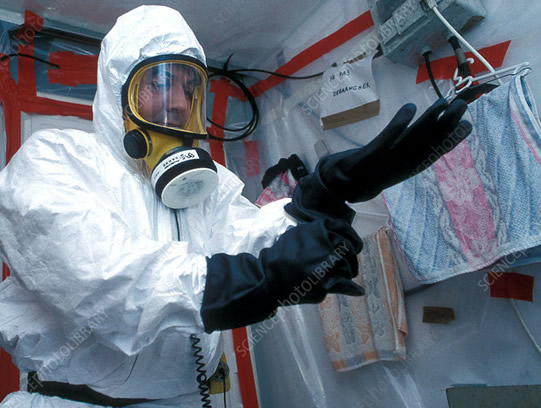
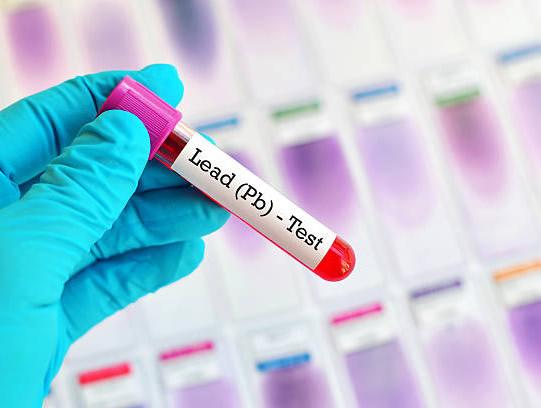
Lead Testing
Safeguard your property from lead hazards with our targeted lead surveys, available in both limited and comprehensive options. Our certified professionals specialize in identifying potential lead contamination sources and offering actionable recommendations to create a safer living environment.
Indoor Clean Air Testing utilizes advanced XRF technology to detect lead. This state-of-the-art equipment provides immediate, real-time results during the inspection, ensuring efficient and accurate assessments.
Following lead abatement, we conduct thorough clearance testing to confirm the remediation has been completed effectively. This process includes verifying the absence of residual dust and collecting samples for laboratory analysis to guarantee compliance with safety standards.
Mold Inspection
Types of Mold Testing:
- Air Sampling: This method captures airborne mold spores using specialized equipment. Samples are analyzed in a laboratory to determine the types and concentrations of mold present in the air.
- Surface Sampling: Surface testing involves collecting samples from visible mold growth or suspected areas using swabs, tape lifts, or other methods. These samples are analyzed to identify mold types and assess contamination levels.
- Bulk Sampling: In this method, pieces of contaminated materials such as drywall or insulation are removed for analysis. Bulk sampling provides insights into the extent and type of mold infestation within materials.
- Dust Sampling: Dust samples are collected from surfaces like carpets, furniture, or vents to determine if mold spores are present in settled dust. Laboratory analysis identifies the types of mold and their concentrations.
Mold testing is performed by trained professionals who adhere to strict protocols to ensure accuracy and reliability. The results offer valuable information about the extent and severity of mold contamination, guiding remediation efforts and assessing potential health impacts.
It is essential to recognize that mold testing reflects conditions at a specific time and location. Since mold spores are naturally present in the environment, some level of indoor spores is typical. Professionals interpret test results within the broader context of the indoor environment, building conditions, and health concerns to provide actionable recommendations.


